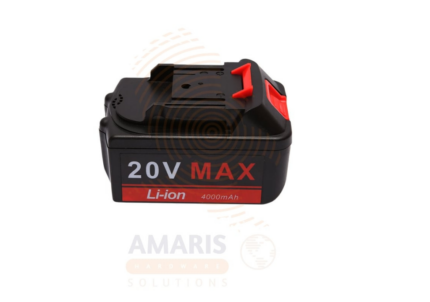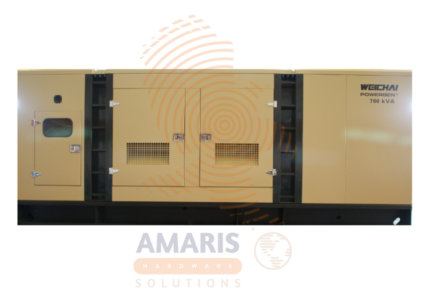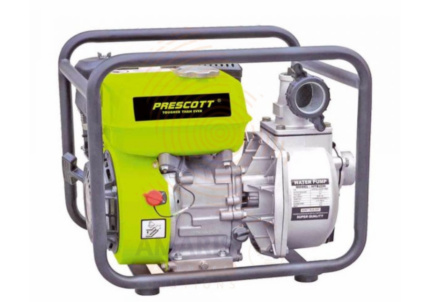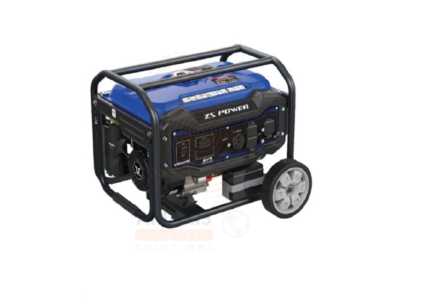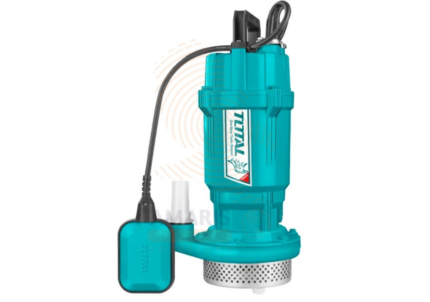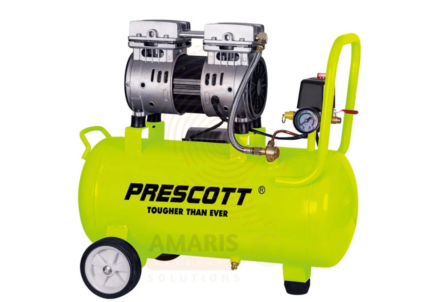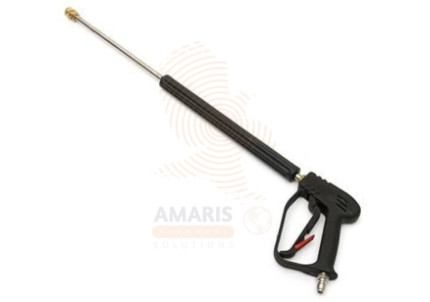
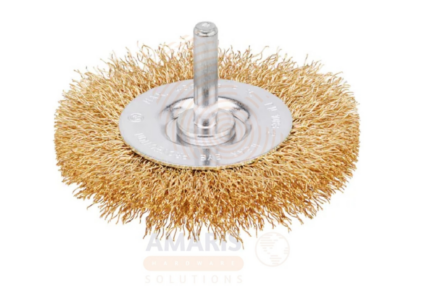
Diesel Generator (Open)
A Diesel Generator (Open) is a power-generating unit consisting of a diesel engine and alternator mounted on a frame, without a protective enclosure. Unlike enclosed generators, open generators are fully exposed, making them easier to access for maintenance and inspection. This design offers excellent cooling and heat dissipation but results in higher noise levels and vulnerability to weather conditions. Open diesel generators are commonly used in industrial and construction applications where sound insulation is not a priority, and where generators are placed in designated engine rooms or open environments. They come in a wide range of power outputs and are valued for their durability, long runtime, fuel efficiency, and capability to handle heavy electrical loads.
Table of Contents
ToggleDiesel Generator (Open)
Uses
-
Construction Sites
-
Provides power for heavy equipment, tools, and temporary lighting.
-
Suitable for outdoor construction environments where weather resistance is not a key concern.
-
-
Industrial Facilities
-
Supplies backup or continuous power to factories, workshops, and manufacturing plants.
-
Supports large machinery and critical operations during outages.
-
-
Power Stations or Engine Rooms
-
Commonly installed in generator rooms with built-in ventilation and soundproofing.
-
Ideal for facilities with infrastructure already designed to house open generators.
-
-
Emergency Power Supply
-
Serves as a reliable source of backup power during electrical grid failures.
-
Powers essential services in hospitals, data centers, and commercial buildings.
-
-
Remote Operations
-
Suitable for use in remote areas such as mining sites, oil rigs, and off-grid installations.
-
Delivers stable power in locations without access to the electrical grid.
-
-
Agricultural Applications
-
Powers irrigation systems, grain dryers, and other agricultural machinery.
-
Used on farms with no access to electricity or during blackout periods.
-
-
Event Power Supply (Outdoor)
-
Powers outdoor events, fairs, festivals, and construction expos.
-
Effective for temporary setups requiring high output power.
-
-
Testing & Maintenance Applications
-
Used in workshops or labs for equipment testing and diagnostics requiring controlled power supply.
-
-
Temporary Infrastructure & Emergency Response
-
Deployed during natural disasters to restore temporary power to affected regions.
-
Used by relief agencies and military operations for mobile energy solutions.
-
Safety Precautions
-
Wear Protective Gear
-
Wear hearing protection due to high noise levels.
-
Use safety glasses and gloves to protect from flying debris and hot surfaces.
-
Wear steel-toed boots and long-sleeved clothing when working near the generator.
-
-
Proper Placement & Ventilation
-
Install in a well-ventilated outdoor area or properly ventilated engine room.
-
Keep at a safe distance from buildings and air intakes to prevent carbon monoxide buildup.
-
-
Prevent Carbon Monoxide Exposure
-
Never run the generator in enclosed or partially enclosed spaces.
-
Ensure airflow is not blocked to avoid dangerous gas accumulation.
-
-
Correct Electrical Connections
-
Always use a transfer switch to avoid backfeeding into the grid.
-
Make sure all electrical connections are grounded and insulated properly.
-
-
Fuel Safety
-
Refuel only when the generator is turned off and has cooled down.
-
Store diesel in approved containers and away from ignition sources.
-
Keep a fire extinguisher nearby.
-
-
Routine Inspection
-
Check for leaks, damaged wires, or worn components before each use.
-
Ensure belts, filters, and fuel lines are in good condition.
-
-
Noise Management
-
Avoid operating near residential areas.
-
Use acoustic barriers or place the unit in isolated areas to reduce noise impact.
-
-
Avoid Overloading
-
Match generator capacity with load demand.
-
Use circuit breakers to prevent overheating and electrical fires.
-
-
Training and Supervision
-
Ensure only trained personnel operate or perform maintenance on the generator.
-
Read and follow the manufacturer’s manual and safety instructions.
-
-
Secure Mounting and Stability
-
Place the generator on a level, non-combustible surface.
-
Use wheel locks or secure fasteners to prevent movement during operation.


 Acrylic Sealants
Acrylic Sealants Construction Adhesives
Construction Adhesives Double-Sided Tape
Double-Sided Tape Duct Tape
Duct Tape Electrical Tape
Electrical Tape Epoxy & Resins
Epoxy & Resins Masking Tape
Masking Tape
 Automotive Wrenches & Socket Sets
Automotive Wrenches & Socket Sets Battery Chargers & Jump Starters
Battery Chargers & Jump Starters Car Jacks & Stands
Car Jacks & Stands Car Wash & Detailing Products
Car Wash & Detailing Products Diagnostic Tools
Diagnostic Tools Tire Inflators
Tire Inflators Vehicle Lighting
Vehicle Lighting Oil & Lubricants
Oil & Lubricants
 Adhesives & Sealants
Adhesives & Sealants Bricks & Blocks
Bricks & Blocks Cement & Concrete
Cement & Concrete Drywall & Plaster
Drywall & Plaster Flooring (Tiles, Wood, Laminate)
Flooring (Tiles, Wood, Laminate) Lumber & Plywood
Lumber & Plywood Paints, Primers & Coatings
Paints, Primers & Coatings Insulation Materials
Insulation Materials Roofing Materials
Roofing Materials
 Circuit Breakers
Circuit Breakers Electrical Cables & Wires
Electrical Cables & Wires Switches & Sockets
Switches & Sockets Fuses & Relays
Fuses & Relays Connectors & Terminals
Connectors & Terminals Electrical Boxes & Panels
Electrical Boxes & Panels Conduit & Fittings
Conduit & Fittings Lighting Fixtures & Bulbs
Lighting Fixtures & Bulbs Extension Cords & Power Strips
Extension Cords & Power Strips
 Anchors
Anchors Bolts
Bolts Clips & Clamps
Clips & Clamps Screws
Screws Nuts
Nuts Washers
Washers Rivets
Rivets Nails
Nails Threaded Rods
Threaded Rods
 Hammers
Hammers Measuring Tools (Tapes, Levels, Calipers)
Measuring Tools (Tapes, Levels, Calipers) Screwdrivers
Screwdrivers Pliers & Cutters
Pliers & Cutters Saws & Blades
Saws & Blades Chisels & Punches
Chisels & Punches Allen Keys & Hex Keys
Allen Keys & Hex Keys Ratchets & Socket Sets
Ratchets & Socket Sets Wrenches & Spanners
Wrenches & Spanners
 Power Tool Accessories (Blades, Bits, Discs)
Power Tool Accessories (Blades, Bits, Discs) Rotary Tools
Rotary Tools Saws (Circular, Jigsaw, Reciprocating)
Saws (Circular, Jigsaw, Reciprocating) Drills & Drivers
Drills & Drivers Grinders & Sanders
Grinders & Sanders Heat Guns
Heat Guns Nail Guns
Nail Guns Impact Wrenches
Impact Wrenches Batteries & Chargers
Batteries & Chargers
 Pipes & Fittings (PVC, Copper, PEX)
Pipes & Fittings (PVC, Copper, PEX) Plumbing Tools
Plumbing Tools Pumps & Motors
Pumps & Motors Sealants & Adhesives for Plumbing
Sealants & Adhesives for Plumbing Valves & Taps
Valves & Taps Water Heaters
Water Heaters Drainage Systems
Drainage Systems Faucets & Fixtures
Faucets & Fixtures Hoses & Tubing
Hoses & Tubing
 Hinges & Latches
Hinges & Latches Hooks & Brackets
Hooks & Brackets Window Hardware
Window Hardware Chains & Cables
Chains & Cables Casters & Wheels
Casters & Wheels Shelving & Storage Systems
Shelving & Storage Systems Door Handles & Locks
Door Handles & Locks Drawer Slides & Cabinet Hardware
Drawer Slides & Cabinet Hardware
 Personal Protective Equipment (PPE)
Personal Protective Equipment (PPE) Respirators & Masks
Respirators & Masks Safety Glasses
Safety Glasses Safes
Safes Security Cameras
Security Cameras Gloves
Gloves Helmets
Helmets Ear Protection
Ear Protection Fire Safety Equipment
Fire Safety Equipment Locks & Padlocks
Locks & Padlocks Motion Sensors & Alarms
Motion Sensors & Alarms
 Garden Fencing
Garden Fencing Garden Furniture Hardware
Garden Furniture Hardware Lawn Mowers
Lawn Mowers Trimmers & Edgers
Trimmers & Edgers Shovels & Spades
Shovels & Spades Rakes & Hoes
Rakes & Hoes Pruning Shears & Loppers
Pruning Shears & Loppers Watering Systems (Hoses, Sprinklers, Nozzles)
Watering Systems (Hoses, Sprinklers, Nozzles)
 Interior Paints
Interior Paints Paint Brushes & Rollers
Paint Brushes & Rollers Paint Strippers & Thinners
Paint Strippers & Thinners Paint Trays & Accessories
Paint Trays & Accessories Exterior Paints
Exterior Paints Spray Paints
Spray Paints Primers & Undercoats
Primers & Undercoats Varnishes & Stains
Varnishes & Stains
 Gaskets & Seals
Gaskets & Seals Hydraulic Fittings
Hydraulic Fittings Industrial Fasteners
Industrial Fasteners Industrial Hoses
Industrial Hoses Lubricants & Greases
Lubricants & Greases Metal Sheets & Bars
Metal Sheets & Bars Bearings & Bushings
Bearings & Bushings Belts & Pulleys
Belts & Pulleys
 HVAC Filters
HVAC Filters Insulation for HVAC
Insulation for HVAC Air Conditioners
Air Conditioners Refrigerants
Refrigerants Ventilation Ducts & Fittings
Ventilation Ducts & Fittings Thermostats & Controllers
Thermostats & Controllers Fans & Blowers
Fans & Blowers
 Pegboards & Hooks
Pegboards & Hooks Shelving Units
Shelving Units Storage Bins & Containers
Storage Bins & Containers Toolboxes & Tool Chests
Toolboxes & Tool Chests Workbenches
Workbenches Drawer Organizers
Drawer Organizers Labeling Supplies
Labeling Supplies
 Welding Accessories (Clamps, Brushes)
Welding Accessories (Clamps, Brushes) Welding Electrodes & Rods
Welding Electrodes & Rods Welding Helmets & Gloves
Welding Helmets & Gloves Welding Machines
Welding Machines Soldering Irons & Stations
Soldering Irons & Stations Flux & Solder Wire
Flux & Solder Wire
 Generator Accessories
Generator Accessories Inverters
Inverters Portable Generators
Portable Generators Power Inverters
Power Inverters Transfer Switches
Transfer Switches Diesel & Gasoline Generators
Diesel & Gasoline Generators
 Transport Equipment: Carts, Dollies, and Hand Trucks
Transport Equipment: Carts, Dollies, and Hand Trucks Storage Solutions: Pallets, Racks, and Containers
Storage Solutions: Pallets, Racks, and Containers Lifting Equipment: Hoists, Cranes, and Jacks
Lifting Equipment: Hoists, Cranes, and Jacks Conveyors and Accessories: Belts and Rollers
Conveyors and Accessories: Belts and Rollers
